1,576 days, 2,409 entries ...
Newsticker, link list, time machine: HOLO.mg/stream logs emerging trajectories in art, science, technology, and culture––every day
“I can’t help you with your film because people just want a gay film or lesbian film, and this mixture of sexuality in your film is just not going anywhere.”
“My version of feminist, queer, trans-affirmative politics is not about policing. I don’t think we should become the police. I’m afraid of the police.”
UC San Diego’s Mandeville Art Gallery opens “Bodily Autonomy,” Lauren Lee McCarthy’s largest solo show in the U.S. to date. Curator Ceci Moss brings together two major series of works—Surrogate (2022) and Saliva (2022)—in which the Chinese-American artist examines bio-surveillance through performances, videos, and installations. A newly commissioned Saliva Bar, for example, invites visitors to reflect on data privacy, race, gender, and class as they pertain to genetic material over traded spit samples.
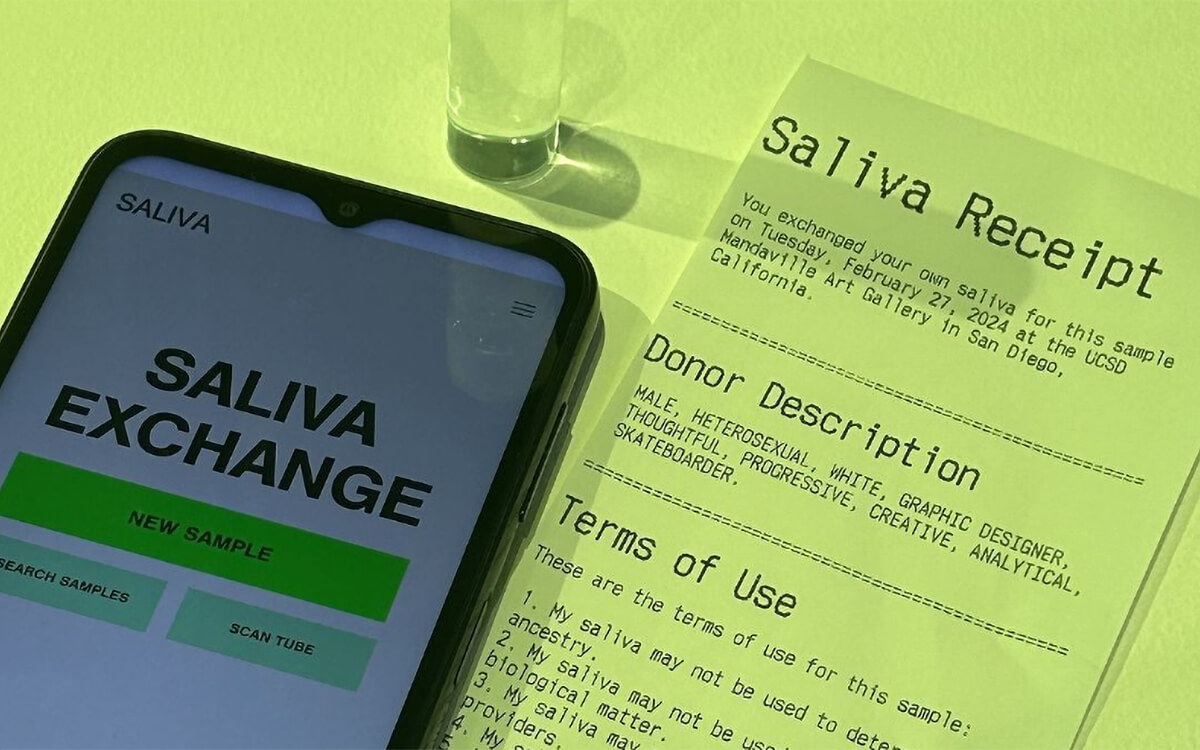
“I was cosplaying masculinity for years, sometimes pretty well frankly, but the suit literally never fit. So that gives you a different way of thinking, like what’s a better fiction? This is not my true self. This is a better fiction that I would so much rather play.”
“Our technological culture keeps casting these artificial intelligences either as mothers, catering and caring, or as female demons that consume men, succubus-like, luring them to half-deaths, to a constant state of orgasm—a hijacked limbic system suspended in pleasure.”
For MIT Technology Review. Cassandra Willyard surveys the state of rapidly advancing artificial womb research. As a promising prototype nears readiness for trials with human embryos, researchers and bioethicists are weighing potential implications on child-rearing. “The most challenging question to answer is how much unknown is acceptable,” says FDA neonatologist An Massaro to Willyard, of concerns that include gauging risk for premature infants and shifting discourse about a woman’s right to choose.
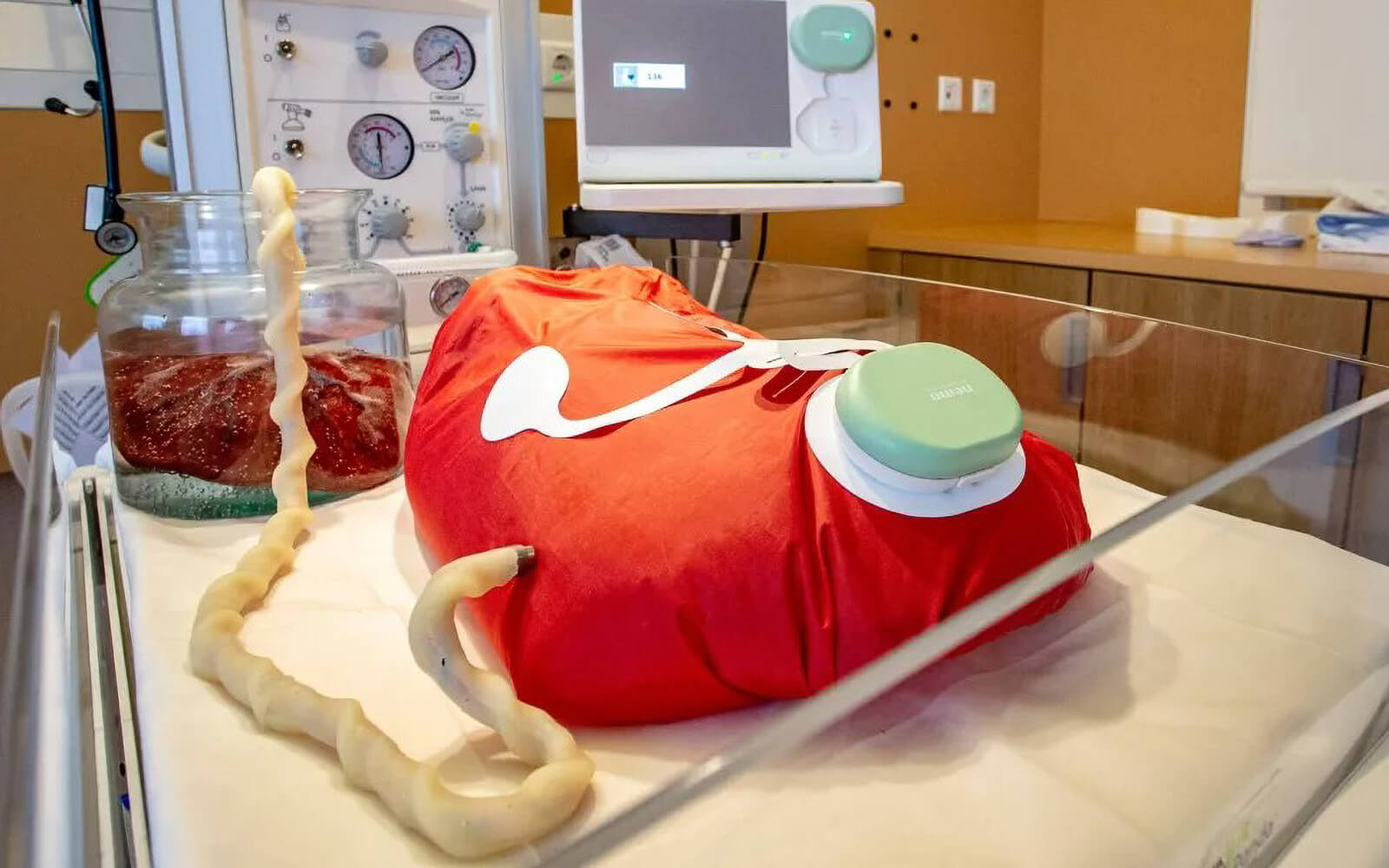
“What Models Make Worlds: Critical Imaginaries of AI” opens at New York’s Ford Foundation Gallery. Curators Mashinka Firunts Hakopian and Meldia Yesayan enlist 16 artists including Algorithmic Justice League, Morehshin Allahyari, Kite, Lauren Lee McCarthy, Mimi Ọnụọha, and Caroline Sinders to counter pervasive “algorithmic worldmaking” models with “feminist, antiracist, and decolonial AI.” Allahyari’s series Moon-faced (2022, image), for example, hallucinates genderless Qajar dynasty portraits.
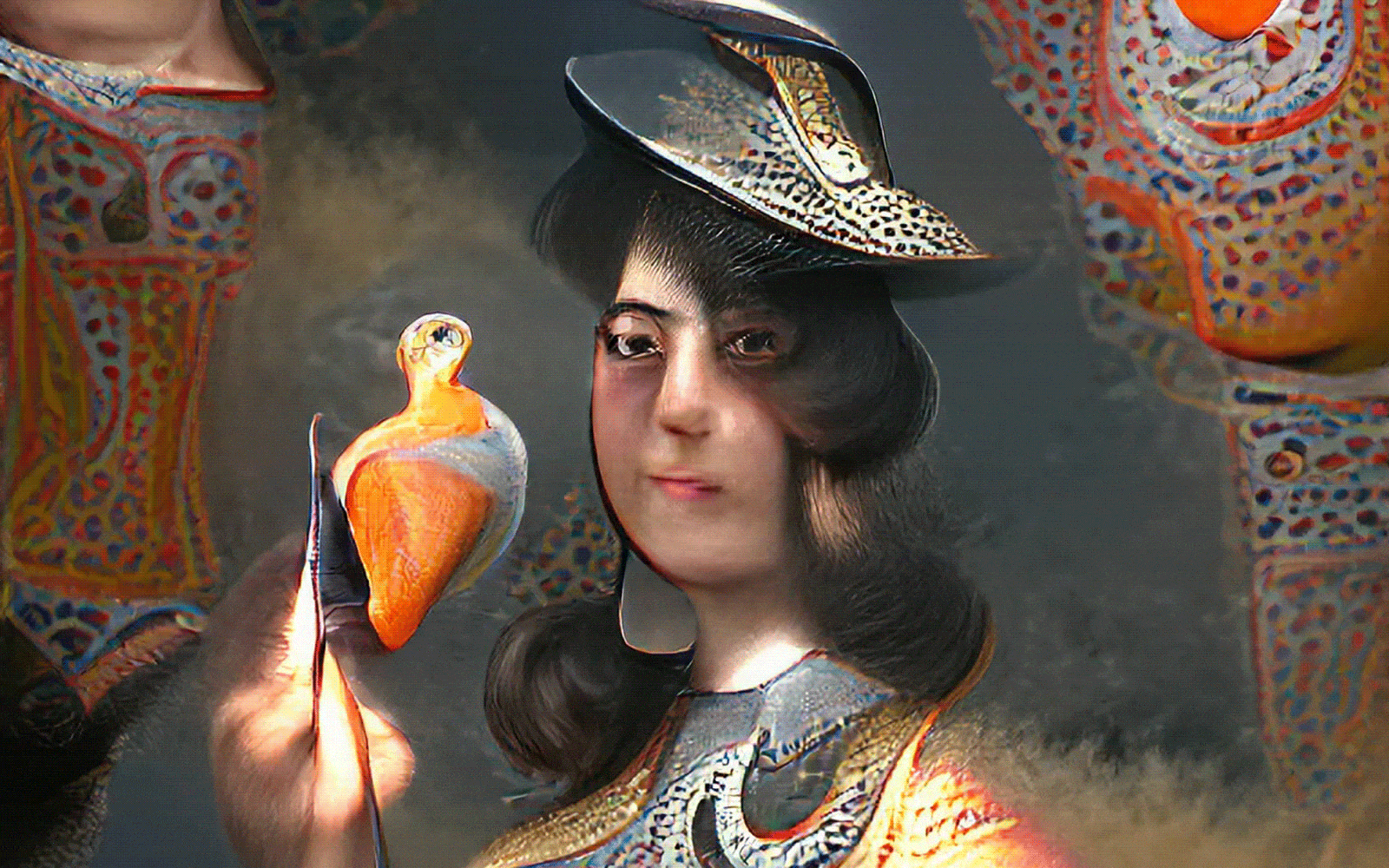
American artist Aay Liparato‘s “Small Acts of Violence,” an exhibition surveying intimate partner violence (IPV) fallout in VR, opens at ARGOS Brussels. Co-producers C0N10UR and V2_ Lab for the Unstable Media join in presenting the immersive piece, which centres testimonials from women, nonbinary, and non-cis male IPV perpetrators from the UK and Belgium. Emotionally challenging, viewers must choose which situations to “gaze on or turn away from” and “assert their boundaries.”
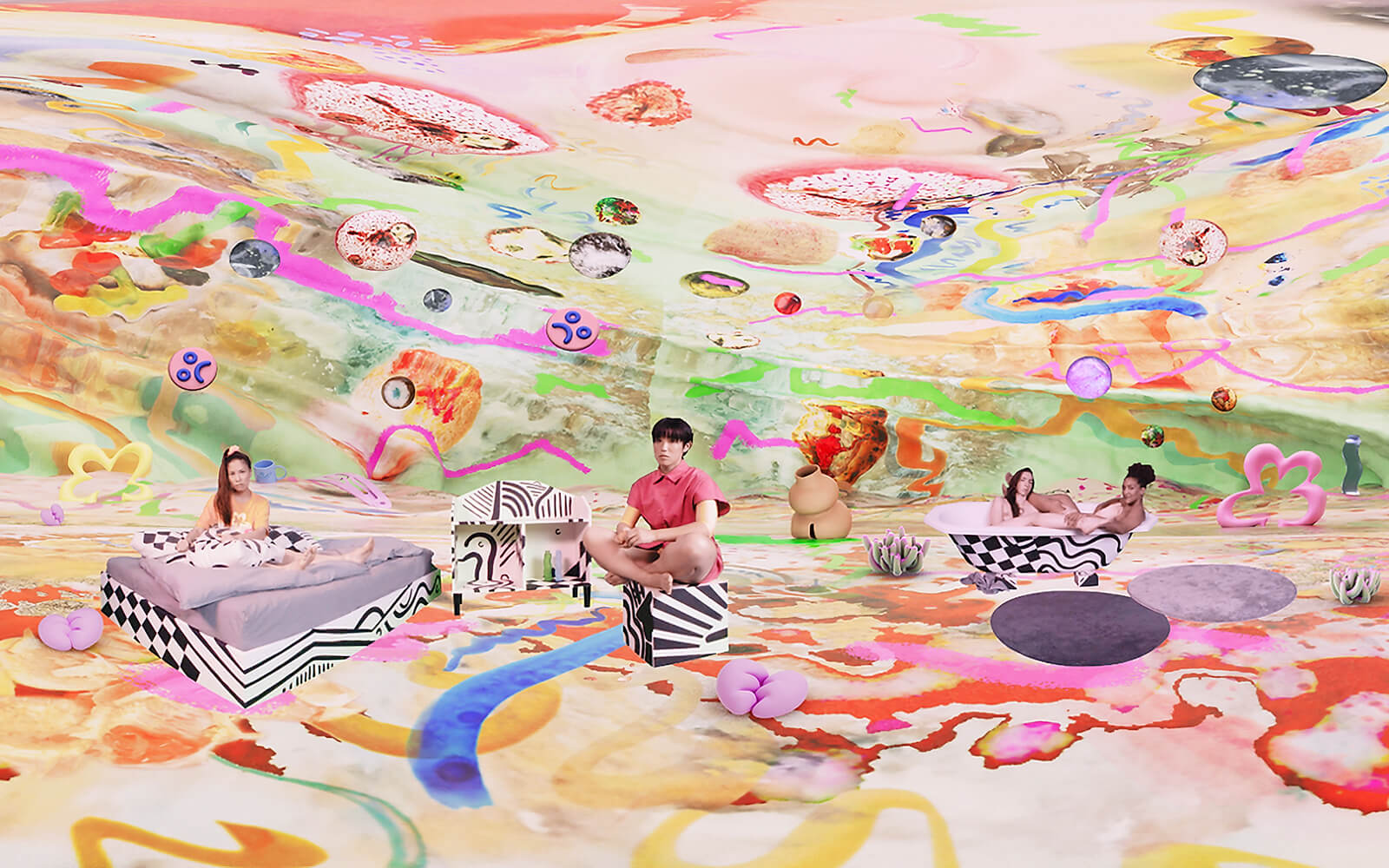
“This is an unprecedented escalation by a social media company against independent researchers. Musk has just declared open war. If he succeeds in silencing us other researchers will be next in line.”
Meredith Broussard
More than a Glitch
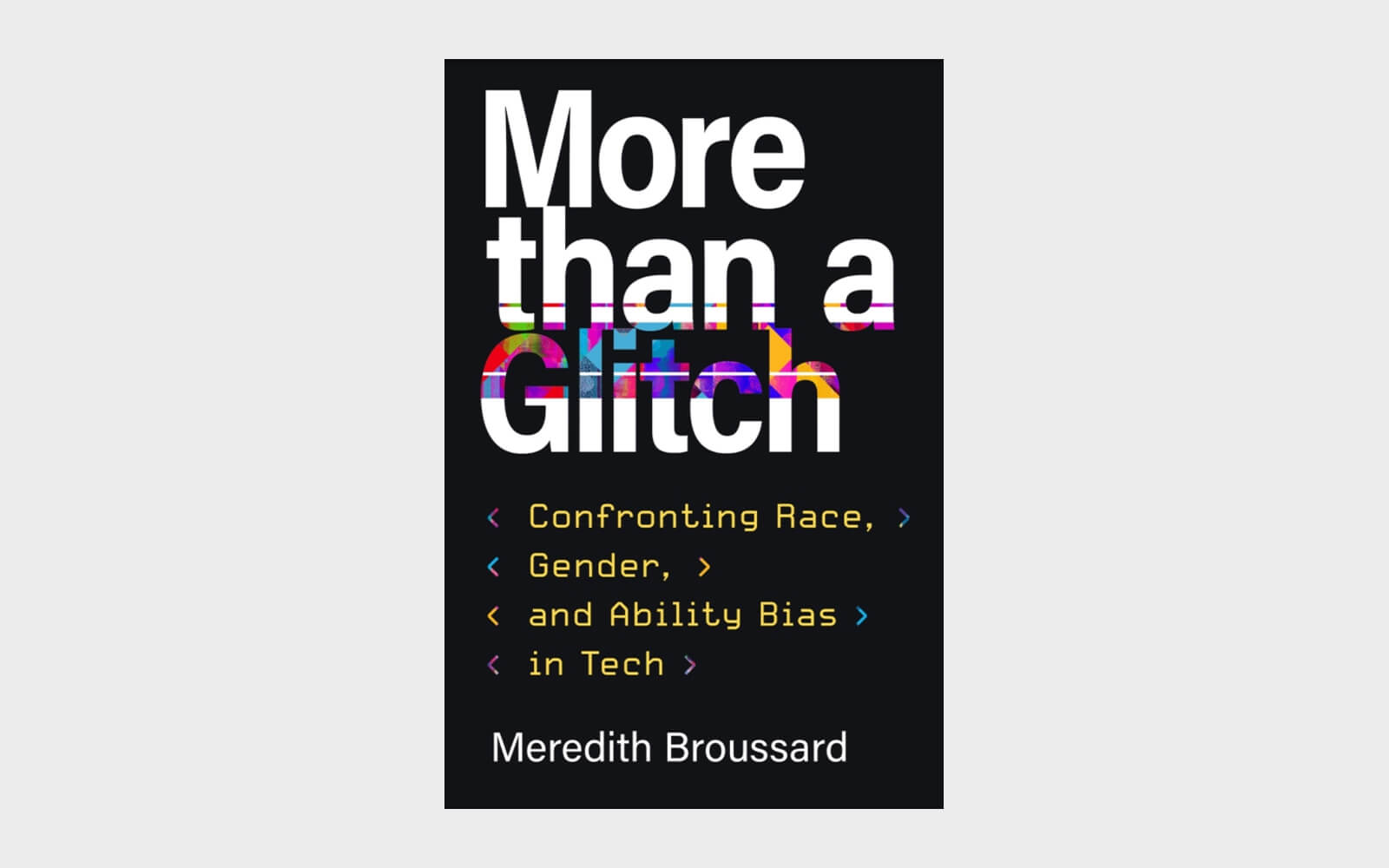
“She represents us—an idealized us—with all of our body dysmorphia and best and worst qualities, warts and all. That’s who we are as consumerists, which is filled with those contradictions.”
A retrospective of the feminist performance artist in her native France, “ORLAN Manifesto. Body and Sculpture” opens at Les Abattoirs in Toulouse. Collecting 100+ works from ORLAN’s archives, the show links 1960-70s photography and performance, the iconic cosmetic surgeries (image: 7th Surgery-Performance called Omnipresence, 1993), to works in bioart and robotics, underscoring how her practice “opposes morality, natural and social determinisms, and all forms of domination.”
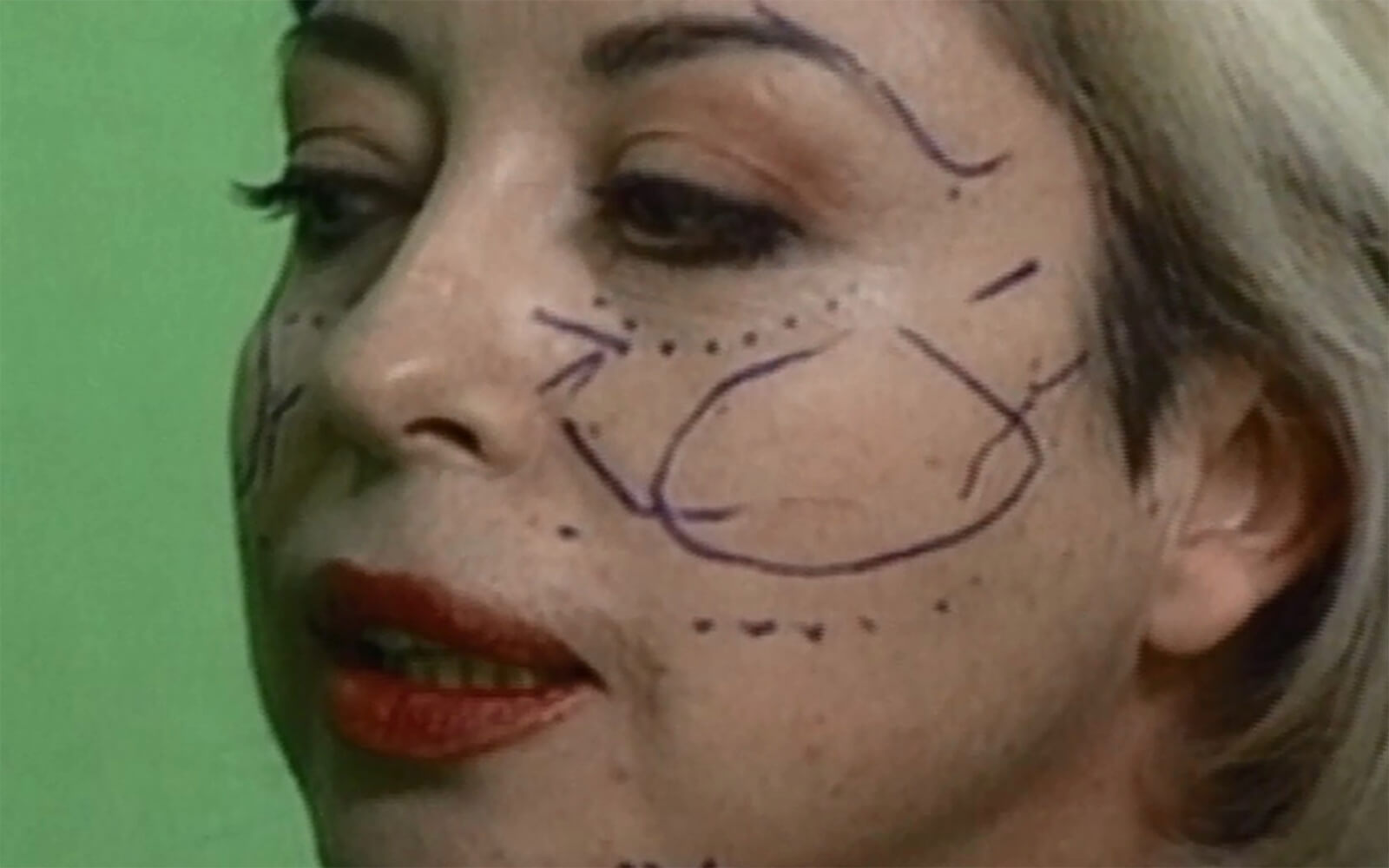
“When I was pregnant, I had this powerful experience of understanding myself as a vessel or a container for another voice.”
“I think the obsession with immutability and stable identity, which is being imposed on commercial blockchain projects, is very un-cyberfeminist and it’s very un-Satoshi Nakamoto. So that’s definitely a site of a struggle.”
Lauren Lee McCarthy’s latest interactive performance Womb Walk premieres as part of her Surrogate installation at IDFA DocLab, the Amsterdam documentary film festival’s new media program. As the American artist strolls the city wearing a prosthetic belly (image), participants ‘become’ McCarthy’s baby. “You control my movements by triggering small internal kicks to the sides of my belly directing me when to turn,” she writes on Instagram. “Together, we navigate the city, with imagined baby as interface.”
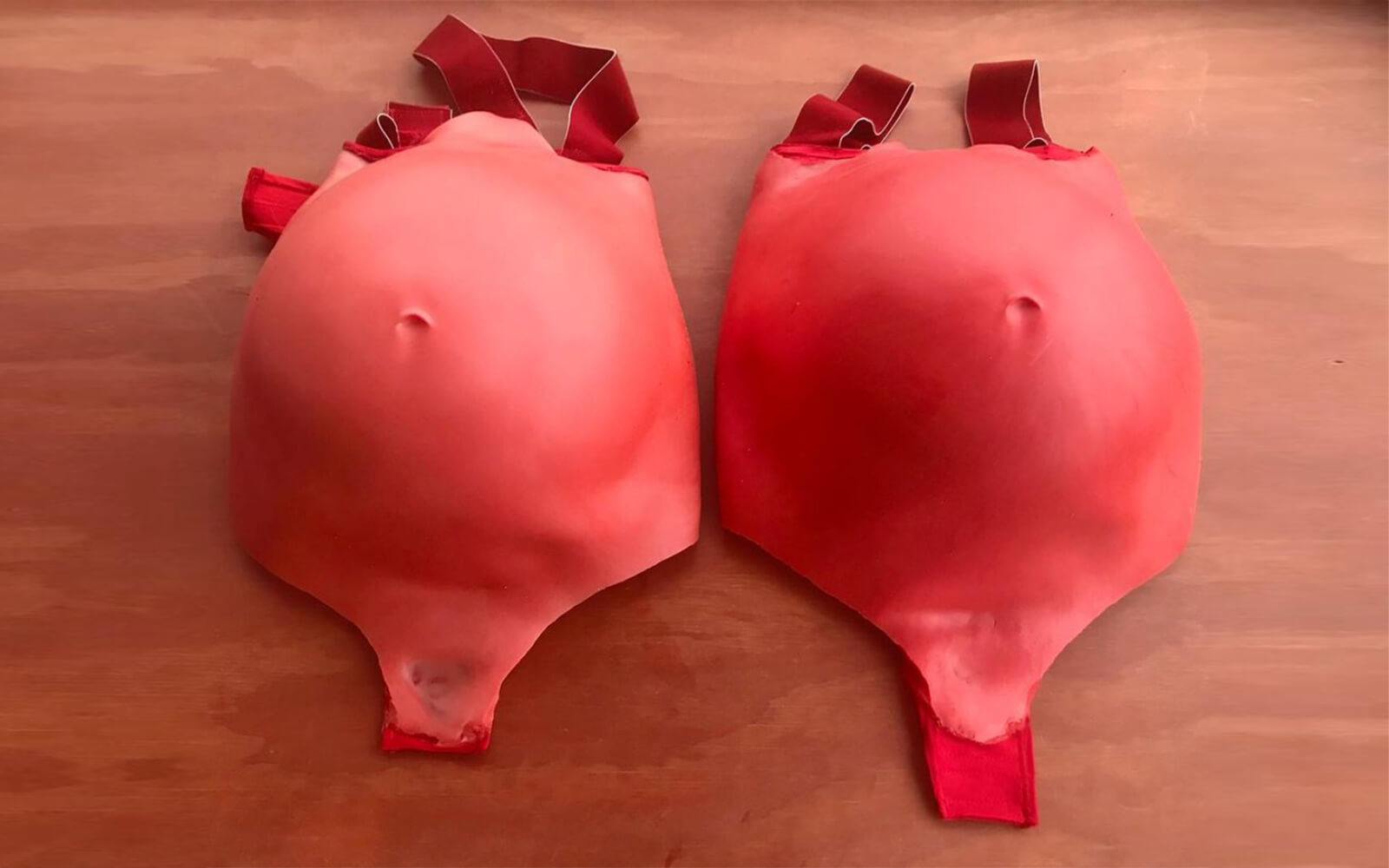
“The algorithm estimates Hito’s gender, it says she is 57% female and 42% male. Which begs the question: what would 100% female be? Whether that’s Barbie, Grace Jones, or Angela Merkel—who knows?”
“For the first time, I publicly stated my desire to take testosterone—not to become a man but to leave the body I currently exist in.”

“Nakajima said he doesn’t know how long he’ll keep Soya alive. But he said he’s grateful for the way she helped him feel: carefree, adventurous, seen.”
“In Roblox, you can choose your gender. Go in as female and no one knows you’re biologically male. As soon as I got on the computer, I just knew myself as Hannah.”
Daily discoveries at the nexus of art, science, technology, and culture: Get full access by becoming a HOLO Reader!
- Perspective: research, long-form analysis, and critical commentary
- Encounters: in-depth artist profiles and studio visits of pioneers and key innovators
- Stream: a timeline and news archive with 1,200+ entries and counting
- Edition: HOLO’s annual collector’s edition that captures the calendar year in print
